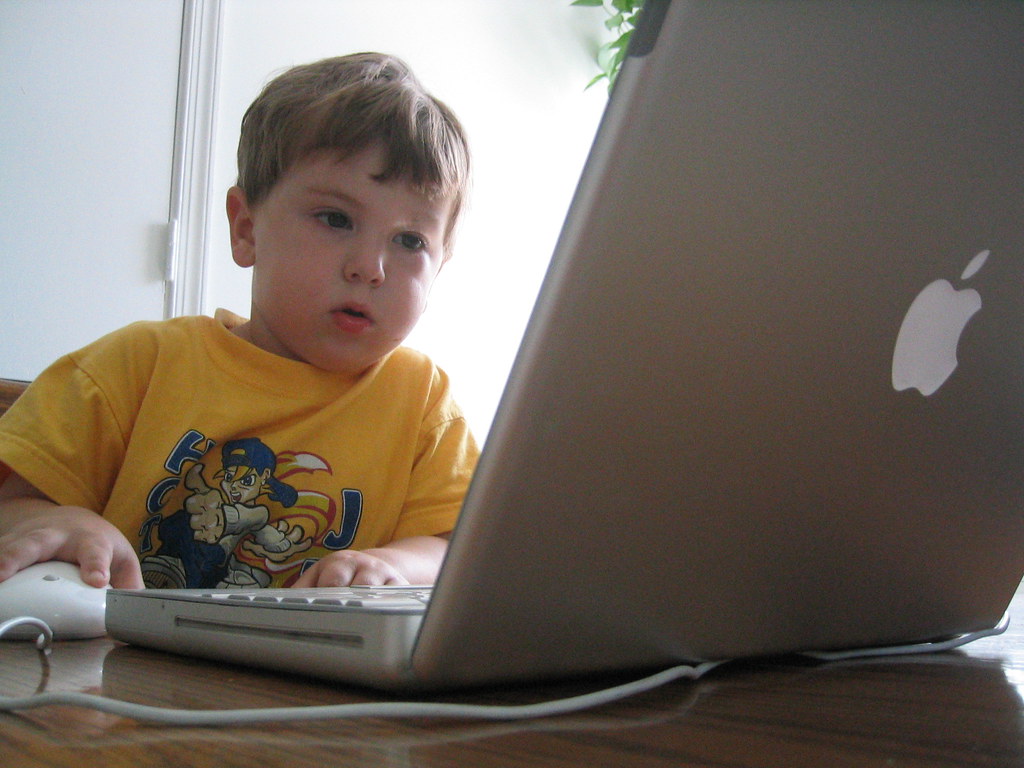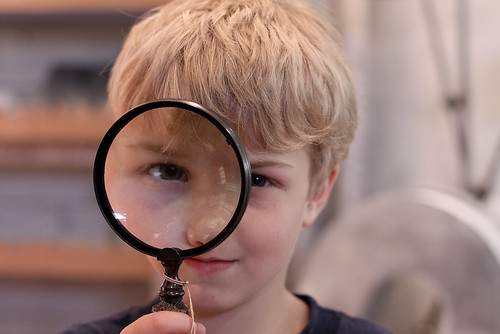
Since the internet is a lot easier to access today, it makes it a lot easier for anybody to post stories, articles, photos, videos, etcetera. This also includes individuals who want others to be exposed to made-up stories – better known as fake news. These individuals are also known as internet trolls and the reasoning behind their actions? It could be to instill fear, confusion, anger or frustration or maybe even just for their own personal entertainment. Whatever their reasons are, it is stated in this text that, “Regardless of how the issue is labeled, the spread of false or misleading information is having real and negative effects on the public consumption of news”. Unfortunately, it is impossible to completely filter fake news out of the world wide web. Thus, it is important that we are aware of how to identify fake news from authentic news and to teach our students how to do the same.
The same text stated above describes fake news as “a contested term, but generally refers to a wide range of disinformation and misinformation circulating online and in the media”. Therefore suggesting that fake news can come in various forms – including news articles, photos, or videos. With that, even young children who have yet to learn how to read can be targets of fake news. In class, we discussed how fake news in the past could easily be identified; however, identifying fake news today is much more complex, as trolls have found ways to disguise fake news to look completely authentic. Katia Hildebrandt and Alec Couros highlight this issue in the following statement: “In today’s world, however, the line between real and fake seems increasingly blurred and uncertain. False stories are no longer relegated to tabloid publications but instead have infiltrated more mainstream media sources and social networking services.” As previously stated, this is due to the fact that anyone can have access to tools to create these messages.

I believe that it is important that students begin to learn about digital literacy at a young age, as it is highly possible that children who are attending school have already been exposed to the digital world. Moreover, EdCan’s article states, “Teachers therefore play a crucial role in ensuring that their students develop the skills to decipher the many streams of information available to them”. With that, I pondered the question “how might it look to teach about digital literacy in an early years classroom?” for a while. I knew that having conversations with students about fake news would be beneficial, however, I wanted to find more ways to make a lesson like this more meaningful and engaging. With much curiosity, I did some research and found the Digital Literacy Framework created by Media Smarts. I found this resource very helpful as each framework is sorted by grade levels. I decided to dive deeper into the K-3 framework and learned that students in this grade range struggle with distinguishing fantasy from reality and are not yet able to think critically about technology, therefore making them more at risk for believing fake news that they see in the media. With that, they state that students in this grade range should begin to be introduced to skills for search strategies, recognizing how branded characters, games and activities on websites build brand loyalty, how to protect their privacy on commercial sites, the idea that material posted to the Internet can last forever, and the fact that the people we interact with online have feelings. The website also offers several resources to help implement this framework.

In addition, I also found this website that offers a few ideas on how to teach kids how to spot fake news. I believe that some examples provided could easily be turned into activities and implemented in the classroom. For example, to encourage investigation (which is also mentioned on the EdCan article) students can be offered photos in which they must identify the fake ones from the real ones. Another activity could be to read news articles together and create a chart to write down characteristics that can help in identifying whether a story is real or fake. In addition, I also found this website that offers resources such as apps and games to help foster critical thinking when it comes to identifying fake news.
As I will be teaching in a first grade classroom for my internship this fall, I decided to focus on the grade one curriculum to find curriculum connections. The Social Studies 1 curriculum states, “Social studies education can be defined as the study of people and their relationships with their social, physical, and technological environments.” This demonstrates that children as young as first graders are already beginning to explore the relationships they have in the digital environment; therefore demonstrating the importance of teaching digital literacy to ensure the safety of our students. Furthermore, the ELA 1 outcome CR1.2 specifically has an indicator that states that students should “distinguish between daily life and life depicted in television shows, cartoons, and films.” I believe that the activities I stated above could link with the indicator, as students can be encouraged to differentiate between fictional shows or pictures and real life. Finally, the Science 1 outcome LT1.1 encourages students to use internet sites to collect information and ideas to learn about characteristics of living things. I believe that this could be a great opportunity to take the time to model how to identify real information from fake. This can be done by doing research together on a SmartBoard or projector.
Although I only listed a few ideas and subject areas, I strongly believe that it is important to incorporate digital literacy in all subject areas, as highlighted in the NCTE framework. When students use digital tools to conduct research or share findings, it is crucial that they understand how much is being jeopardized when false information is passed on. As the NCTE states, “In addition to learning somewhat elusive concepts, students learned that delivering inaccurate information is dangerous. It’s not enough to be connected; we need to be accurate in our knowledge through these connections.”

2 thoughts on “#FakeNews”